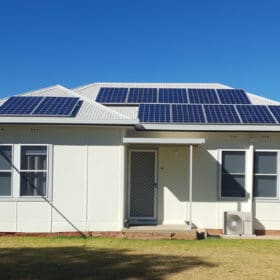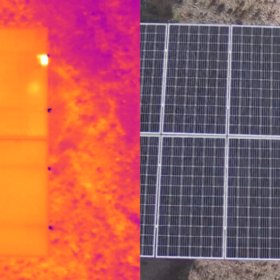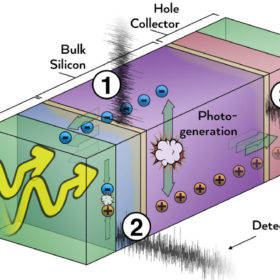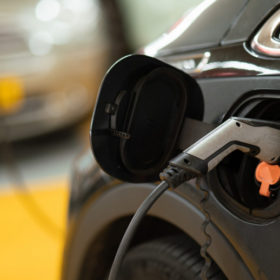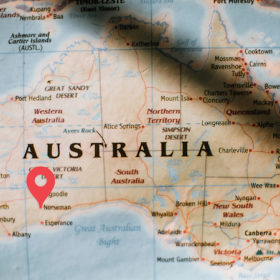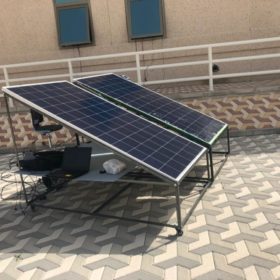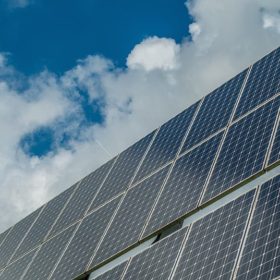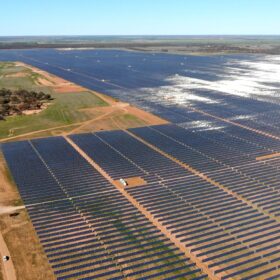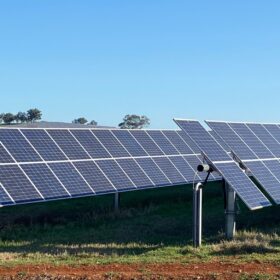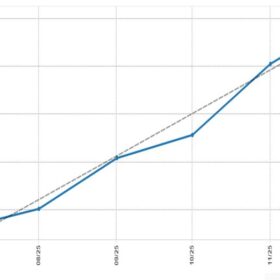Sunny WA town locked out of solar market finally has hosting capacity added
Broome, a coastal town on Western Australia’s north, has barely any rooftop solar – though not for lack of interest. In fact, local residents were so hungry to install solar, they exhausted the state government’s 900 kW allocation of additional hosting capacity by mid-morning.
Solar panel demand hits record highs as prices set to skyrocket by 15%. This could cause a solar crisis as soon as this summer
There is a big concern in the industry right now for even the top tier solar companies. As the demand for installers and systems is ever increasing, the number of good solar installers are not.
SA Water deploys AI-powered drone technology to monitor its vast solar assets
SA Water, one of the largest water utilities in Australia and most ambitious when it comes to renewable energy, has partnered with aerial solar inspection and data analysis company, Above, to monitor the performance of its 360,000+ solar panels.
India could add 8.5 GW of solar in FY2022
Solar capacity addition in the fiscal year 2021-22 will surge, led by a strong project pipeline. Tariffs will go up amid rising module prices but will remain competitive at below INR 3/kWh (US$ 0.040/kWh).
Bringing the noise for better solar cell efficiency
An international team of scientists developed a technique to isolate individual sources of electrical ‘noise’ within a solar cell. Comparing the technique to being able to pick out a single voice within a 200-person choir, they say the technique will help to improve understanding of where efficiency losses occur within a cell, and effective ways to mitigate them.
ANU opens new lab dedicated to testing distributed energy resources
The Australian National University today opened its Distributed Energy Resources Lab, dedicated to researching and testing technologies including batteries, solar panels and electric vehicles which it says will “underpin the energy grids of the future”.
Aussie-headed fuel cell vehicle company inks deal with zinc giant, laying ‘foundation for an emissions-free future’
Hydrogen vehicle maker, Hyzon Motors, has signed an agreement to deliver five fuel cell-powered heavy-duty trucks to Ark Energy Corporation, the Australian subsidiary of the world’s largest zinc, lead, and silver producer, Korea Zinc Ltd.
‘Historic’ 50 GW renewable hydrogen hub proposed for WA
The proposed mega-project would be the world’s largest renewable hub if realised, with a massive 50 GW of solar and wind being used to produce either 3.5 million tonnes of green hydrogen or, alternatively, 20 million tonnes of green ammonia yearly. The $100 billion Western Green Energy Hub, as its called, is being proposed by two of the same companies behind the 26 GW Asia Renewable Energy Hub, which last month had its environmental approvals rejected by the federal environment minister.
Solar module cooling techniques for harsh climates
Saudi scientists have tested several cooling technologies for solar panels and have found that active techniques work better than passive ones under harsh climatic conditions. The most effective one consists of a system based on four heat pipes immersed in a box of liquid, as liquid bulk, integrated with the back of the solar panel.
‘Lack of objections should mean permits are automatically granted for solar’
The question of overly complicated, time-consuming permitting processes again raised its head at a two-day online event held by the Global Solar Council to examine how to accelerate deployment of photovoltaics.
